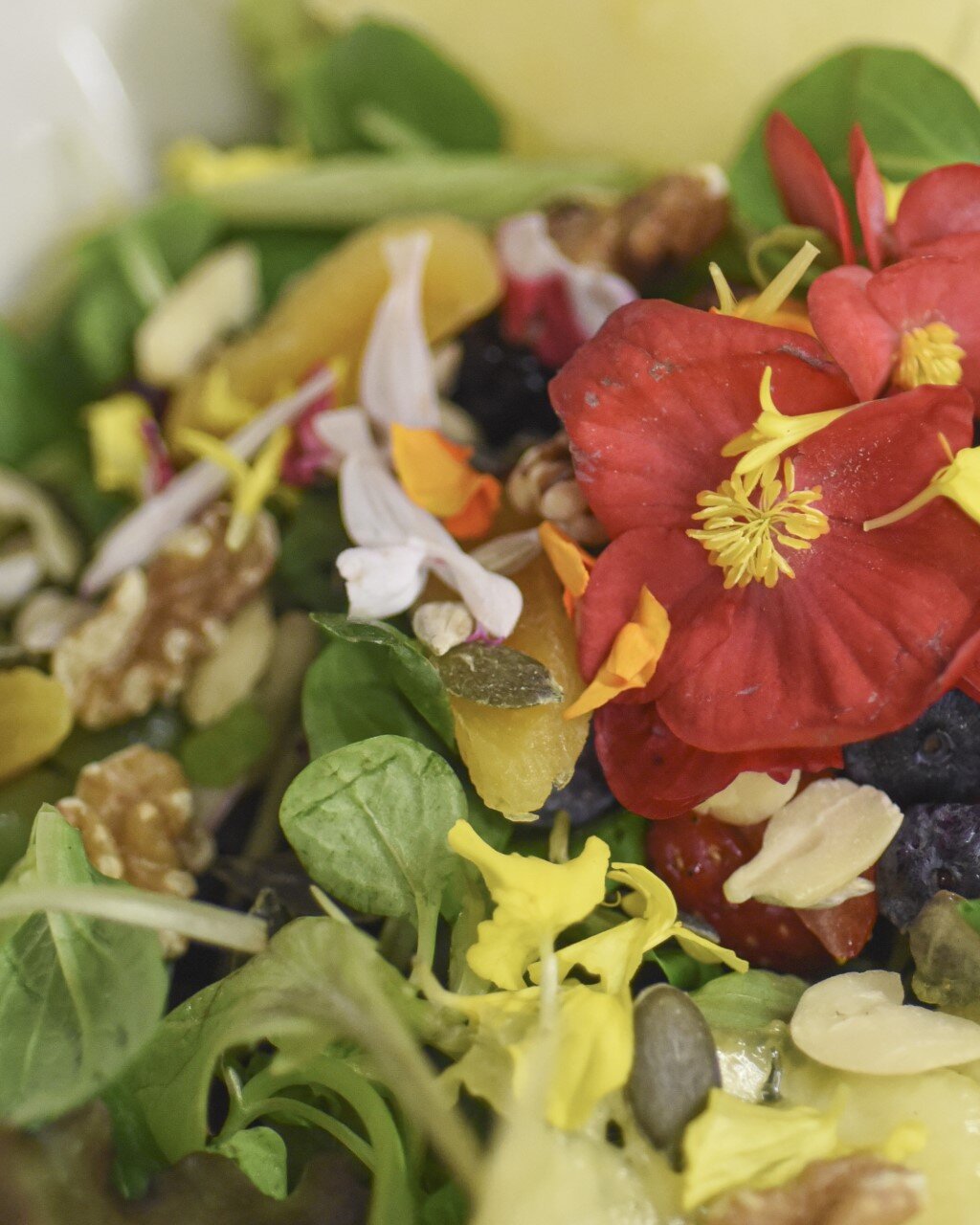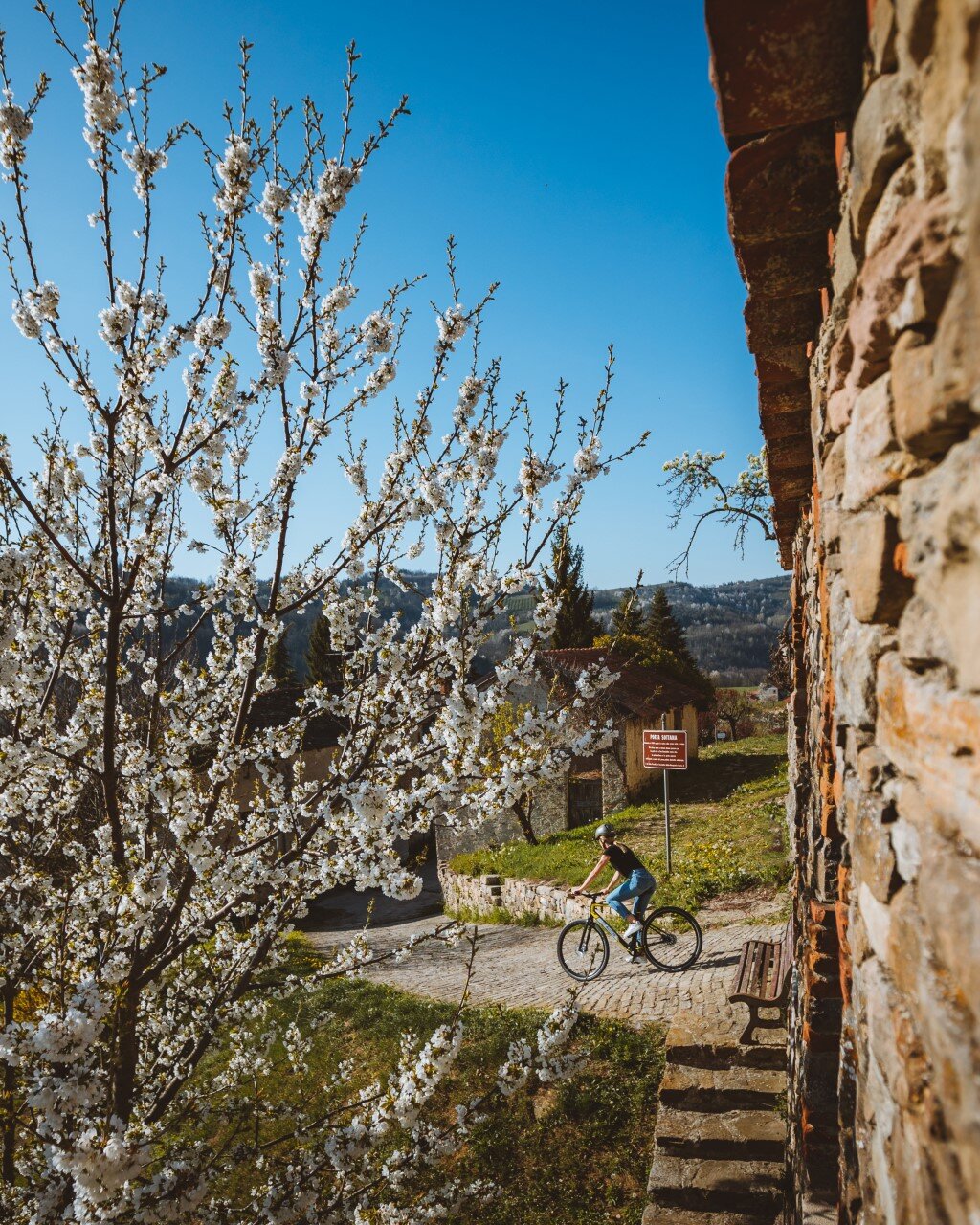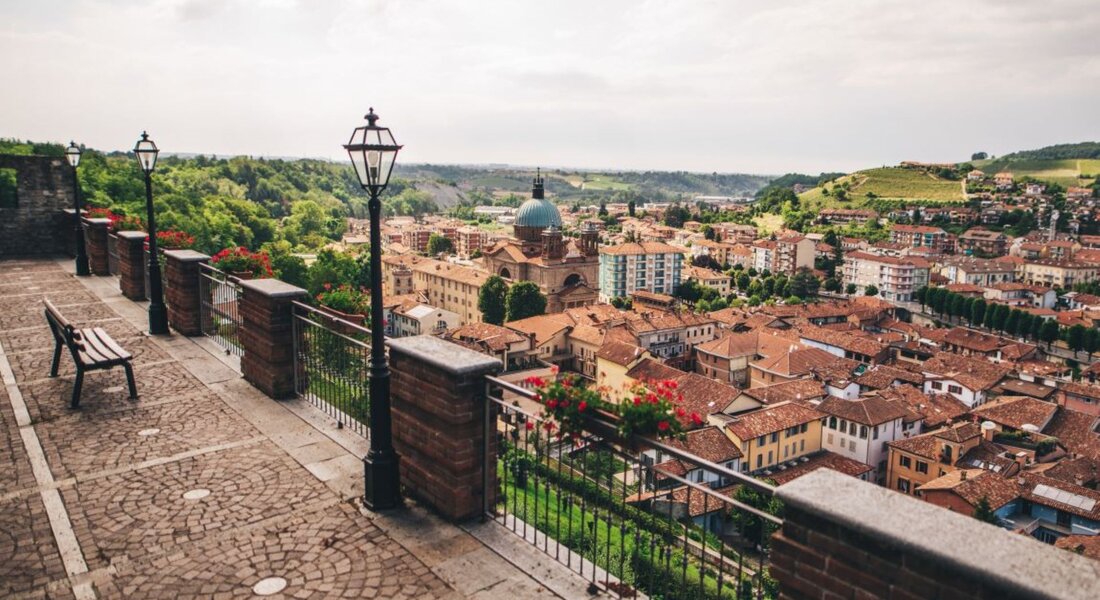Find out more
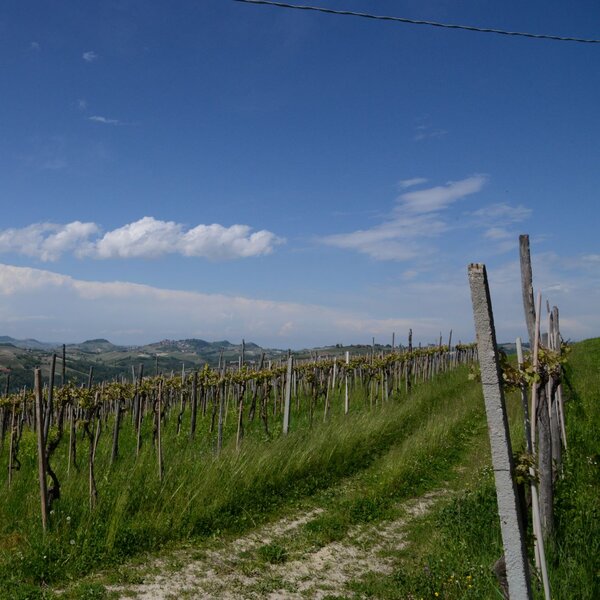
The Langa of Dolcetto
Find out moreDogliani has always been divided into two villages: the older one on the Rea stream and Borgo Castello, which overlooks the hill and offers protection and refuge. The two villages are very old, as the Museo Civico-Storico Archeologico (Civic-Historic Archaeological Museum) "Giuseppe Gabetti" well explains, providing a fascinating journey from prehistoric times to the present day. There is also an interesting Ex-voto museum, evidence of popular devotion that goes back as far as 1600. Both are located in the area of the town hall (the former Carmine convent), together with the beautiful and tasty Bottega del Vino (Wine Shop), located in the cellars.
Rarely enough, the lower part of the village is not modern at all, but rather the first ancient medieval settlement that still has the two city gates (the upper gate is virtually intact with its coats of arms and pointed stone arch) and a pleasant centre to explore on foot in the maze of narrow streets that branch off from Via Vittorio Emanuele and the cozy Piazza Carlo Alberto.
The humanistic talents of his son Giulio, one of Italy's greatest publishers, can also be found in the Library, a modern building by Bruno Zevi, donated to the city by Giulio in memory of his father and conceived as a popular public space for meetings and debates in which books are the scenic backdrop: it currently houses 20,000 volumes and, with the "Festival dei Nuovi Media", is the city's true cultural animator.
In Dogliani and the surrounding area, starting with the town hall, many buildings and monuments bear the unmistakable mark of Giovanni Battista Schellino, an eclectic architect with an eclectic and daring style, nicknamed the "Gaudi of the Langhe", whose most fascinating work is perhaps the imaginative entrance to the local cemetery.
Another must-see attraction extra muros is the grandiose neoclassical parish Church designed by Schellino, and the 17th-century Confraternity of the Battuti of the architect Gallo, located at each entrance to the village.
Both the Porta Sottana and the Porta Soprana gateways climb up along the old walls to Castello; but it is also possible to climb up from the Borgo itself along the beautiful route known as the Belvedere, which is undoubtedly easier on the way down. If you want to go by car, from the Piazza della Confraternita you have to turn onto Via Salita al Castello, which climbs green and shady to the left of the Porta Soprana gate.
Right on top, beyond the Gabetti Arch to the left of the homonymous street, surrounded by greenery, there are still the foundations of the castle, which was lost in the usual sixteenth-century disputes. The Gabetti Gate introduces us to the summit village: the nearby Piazza Grasso is a sort of junction of the various streets that run through Castello.
The neoclassical Church of the Immacolata presents us with a less eclectic and more rigorous Schellino, as in the restoration of the parish Church of San Lorenzo which, while preserving Romanesque features on the façade, has been internally remodelled in octagonal forms.
Find out more
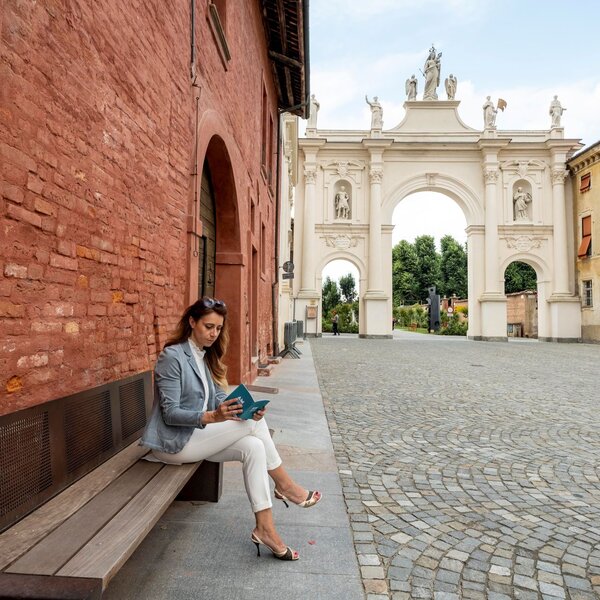
The “secret” treasures of Cherasco
Find out moreThe charm of Castello can be found by wandering through the narrow streets, spotting the remains of walls here and there, as well as unexpected passages and arches, old houses, palaces and simple dwellings.
You can stroll as far as the centuries-old horse chestnut tree overlooking the Belvedere balcony, with the Torre Civica - Civic Tower (or Clock), symbol of the town, to the left and the castle to the right. Nowadays, what is known as the "castle" is actually a 14th-century tower, later remodelled at the end of the 18th century, which is also the site of the 16th-century Casa Perno di Caldera, which, however, still preserves an earlier 15th-century double lancet window, revealing the complex stratigraphy of the site itself.
It is then possible to descend along the western bastions of Via Cesare Battisti towards the Porta Sottana, passing under the building of the Ritiro Sacra Famiglia (Holy Family Retreat), another complex work by Schellino, and then turn onto Via Marenco to complete your itinerary in Piazza Don Delpodio, where a plaque commemorates the bombing of 31 July 1944, which remains shrouded in mystery as eyewitnesses saw a plane with Nazi insignia flying over the village.
This is a final unexpected surprise in this town that is definitely much " bigger" than its 5000 inhabitants.
